
Monday, July 17 at 9 am in the Sonoma County Board of Supervisors Chambers please join us to make certain that one developer can’t dismantle the key protections that preserve the global treasure that is our Sonoma Coast.
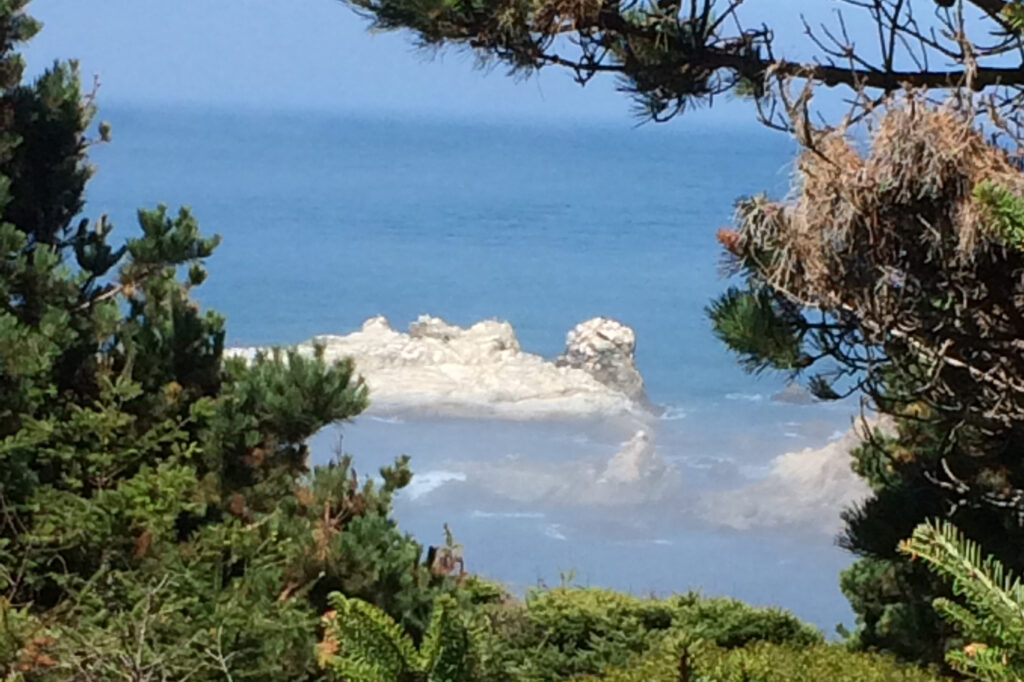
Please Send an Email Now to the Sonoma County Supervisors at bos@sonoma-county.org and let them know, in your own words, that the parcel-specific protections in our LCP need to be retained to protect our treasured coastline.
And please join us in the Supervisors Chambers on July 17, in person or virtually to save our coast.
How to testify remotely online by Zoom on Monday, July 17 starting at 9 am in support of a STRONG Sonoma County Local Coastal Plan with all parcel-specific protections intact:
1. WATCH LIVESTREAM:
https://sonoma-county.legistar.com/Calendar.aspx
Once the meeting has started, click the “In Progress” hyperlink to begin viewing.
2. JOIN THE ZOOM MEETING:
Participate by computer, tablet, or smartphone application:
Go to: https://sonomacounty.zoom.us/j/98657095055?pwd=ZXl5T2cyRm5uSlZMblZoVk1qZFNkQT09
Enter meeting ID: 986 5709 5055
Enter Password: 919371
Participate in Zoom by phone:
Dial +1 (669) 900 9128
Enter meeting ID: 986 5709 5055
Enter password: 919371
3. LISTEN AND ATTEND IN PERSON: Members of the public may attend the meeting in person in the Board of Supervisors Chambers located at 575 Administration, Room 100A, Santa Rosa, CA 95403. Members of the public may also listen to the Board meeting in the Administration Building hall or outside the main entrance. Overflow seating will be available in the building hall, if necessary.
PUBLIC COMMENT: Public Comment may be made live during the zoom meeting subject to the limitation noted above or live, in person, in the Board Chambers. Available time for comments is determined by the Board Chair based on agenda scheduling demands and total number of speakers.
Sonoma County’s Local Coastal Plan represents nearly a half-century of public consensus that has determined the present condition of our spectacular coast. This guiding document is currently being updated to provide the map of what we want our coast to be in the future. When you enjoy the Sonoma Coast today, your experience of it is based on the LCP. Local residents and future visitors will be the beneficiaries of our current collective work on updating the LCP. In addition, our county has also long served as a model for other coastal communities in California.
The Local Coastal Plan (LCP) is a planning document that identifies the location, type, densities, and other ground rules for future development in the coastal zone. The LCP includes a land use plan with implementing measures and represents the heart of our coastal protection.
The fundamental principles of the Sonoma County LCP have been maintained to meet important public interest goals, so this document provides the shelter for our entire coast. First, the undeveloped lands between the nearest inland roadway and the coastline are to be carefully protected, second, remaining environmentally-sensitive natural habitat is to be kept intact as much as possible. Historical agricultural uses, including vegetation management utilizing grazing – which lessens wildfire danger – are generally given precedence where appropriate land use zoning indicates. One of the original motivations for California voters as they first adopted the 1972 California Coastal Initiative was that public access along the shoreline itself should not be impeded.
The Coastal Initiative and the subsequent 1976 Coastal Act are predicated on the fact that our unique and spectacular ocean viewsheds are to be set aside for future generations and that California’s unique land-sea interface is to be kept open to public access. The basic premise of the current update for our LCP is one of “do no harm”, while strengthening this guiding document for the next decade of new challenges brought about by emerging issues and unanticipated circumstances like rising sea level.
Our LCP has long proven effective, it has demonstrated its success over decades as the right way to manage our coast. But now a single private developer apparently is now seeking to undermine its most important protections to benefit his own financial interests, a dangerous precedent for future damaging industrial and development proposals elsewhere throughout our coastal zone.
This is not the time to roll back our proven LCP to enable the rapid approval of a proposed new high-end commercial event center between Highway One and the ocean near Timber Cove. This poorly-situated blufftop subdivision would block exquisite coastal views from the highway behind twelve high-end vacation rental homes, plus a “welcome center” and spa buildings, a swimming pool, and a parking lot for eighteen cars with associated runoff.
The sponsor of this proposed subdivision project is seeking the elimination of an important key provision in the current LCP that has long wisely limited expansion of the present Timber Cove location and instead would encourage him to add a bit of parking and facilitate more convenient public access. This longstanding protection is apparently viewed by the developer as a potential impediment to his proposed project, for which he also proposes closing the coast there to the public for at least 24 days each year. Very late in the County’s LCP process, this individual seems to have decided that the optics of seeking a private exemption tailored only for his own proposal might appear preferential and unfair. So his lobbyists set about pushing for a blanket removal of ALL coastal parcel protections associated with preserving public access and affordable visitor-serving opportunities along our entire coast.
Allowing a single individual this kind of personal exemption from the countywide LCP is obviously not a good idea, but arbitrary removal of all of these protections coastwide, with no study and no public input, is nothing short of irrational. We could then be sure that other intrusive schemes are sure to follow. Any other small community on the Sonoma Coast could easily be the next similar coastal casualty. The Sonoma County Planning Commission, after exercising due diligence and patiently listening throughout their own public hearings, got it right, voting unanimously to retain all of the prior key parcel-specific protections along the Sonoma Coast, including the site at Timber Cove.
Each of our Supervisors now simply needs to be gently encouraged to follow the lead of our Planning Commission on this critical issue when they meet to finalize our LCP on July 17. In an informal straw vote in April, the Board of Supervisors indicated they may be inclined to abolish all of these “site-specific” protections without further study.
To provide more details about the total picture, here of some of the other parcel-specific protections on the Sonoma Coast that are now being considered for elimination:
Site-Specific Protections were written into the Local Coastal Plan (LCP) by the original framers of the document in order to protect certain coastal parcels from overdevelopment. Certain of the affected parcels had potential pre-existing exemptions to protective policies in the 1976 Coastal Act as these uses were in place prior to this law’s adoption; therefore, the site-specific policies were added to ensure that these parcels would be equally protected from destructive development deemed inappropriate for these parcels.
The phrase “encourage development” is used throughout the LCP but the difference is that the site-specific policies encourage a certain type of limited or modest development based on an understanding of the biological, historical, or archeological specifics of those parcels, which is why they provide protections that a future project-specific Coastal Development Permit (CDP) process would not.
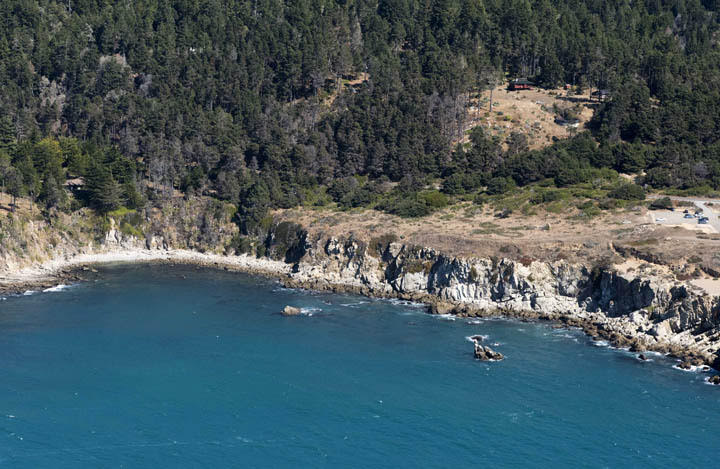
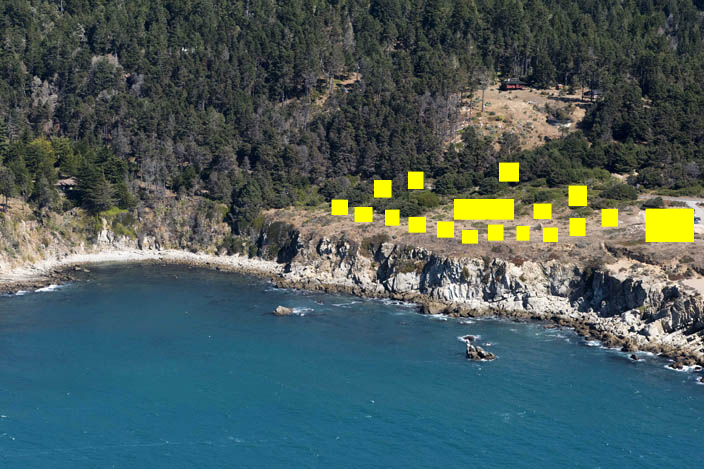
Key Examples:
Jenner, Bodega Bay, Annapolis Road, Fort Ross, Valley Ford, and Duncans Mills site-specific policies:
These areas are already zoned for commercial, visitor serving, or other development; therefore, the site-specific policies for these areas encourage only a limited, local-serving, or modest development in order to protect these areas from overdevelopment or development that does not account for limited resources such as water availability or wastewater treatment capacity.
Bridgehaven site-specific policy:
This small historic community near Jenner was in existence prior to the passing of the Coastal Act and Sonoma County’s first LCP, so therefore it may not have been subject to the Coastal Act public access requirements for new development west of Coast Highway 1. This is why the original writers of the LCP put this policy in place to ensure that any future new owner of the parcel who might want to redevelop it into a major resort or expand boat access would need to provide public access considerations in their application. It does not require the current owners to develop public access but does protect the location if a new developer wanted to create a more intensive resort use in that location. Removing the Bridgehaven site-specific policy would allow any new developer to apply to build a large resort and block public boat access.
Ocean Cove site-specific policies
The owners of these parcels prefer that the existing site-specific policies remain in the LCP, but they were never consulted by the County about losing their current status and would forfeit current protections if the policies were removed.
Chanslor Ranch site-specific policy:
This policy ensures that any new development or expansion of existing visitor-serving uses at Chanslor Ranch be consistent with continued agricultural use and that any development would be dependent upon whether water supply and wastewater treatment and disposal requirements could be met. As the County has just purchased this parcel, their conveniently timed advocacy to eliminate this policy could allow them to develop uses that are not consistent with agricultural use, therefore expanding their possibilities of what they could develop there. In addition, removing this policy removes protection of existing stables and equestrian services which would be considered consistent with agricultural use.
Timber Cove site-specific protection:
The New Jersey developer who wants to expand the current site at Timber Cove and build what he terms a “country inn” with a swimming pool in a water-scarce area has lobbied extensively for the removal of this policy. His lobbyist did so because his firm had submitted the first step called a “Completeness Referral” to Permit Sonoma. One of the reasons their application was deemed incomplete by Permit Sonoma appears to be due to the longstanding presence of the existing Timber Cove site-specific policy which requires the developer to supply further studies and plan specifics. This normal avenue for applying for a permit presents the possibility that they would need to seek an LCP amendment first, which could present a more detailed and expensive path toward intensive development on the parcel. An LCP amendment would then require public hearings on the proposed project in front of the Planning Commission and the Board of Supervisors. This is the likely reason the developers have lobbied so hard to remove the current protective policy there. To try to avoid seeming obvious, this project’s paid lobbyist switched tactics and instead pushed to remove all site-specific policies elsewhere along the Sonoma Coast at the same time. Removing the Timber Cove site-specific policy during the present LCP update process would save the developers a lot of money. While it is true that an LCP amendment could provide a workaround to the protective Timber Cove site-specific policy, keeping that site-specific policy intact in the LCP now will maintain decades of protection that the developer must accommodate while ensuring a fair and transparent opportunity for local community involvement and scrutiny of the proposed project through public hearings that arbitrarily removing the protections would eliminate.
Please Send an Email Now to the Sonoma County Supervisors: at bos@sonoma-county.org and let them know that the parcel-specific protections in our LCP need to be retained to keep our coastal protection intact.
“The coast is never saved. It’s always being saved”.
– Peter Douglas, principal author of the 1972 Proposition 20 initiative that created the California Coastal Commission.

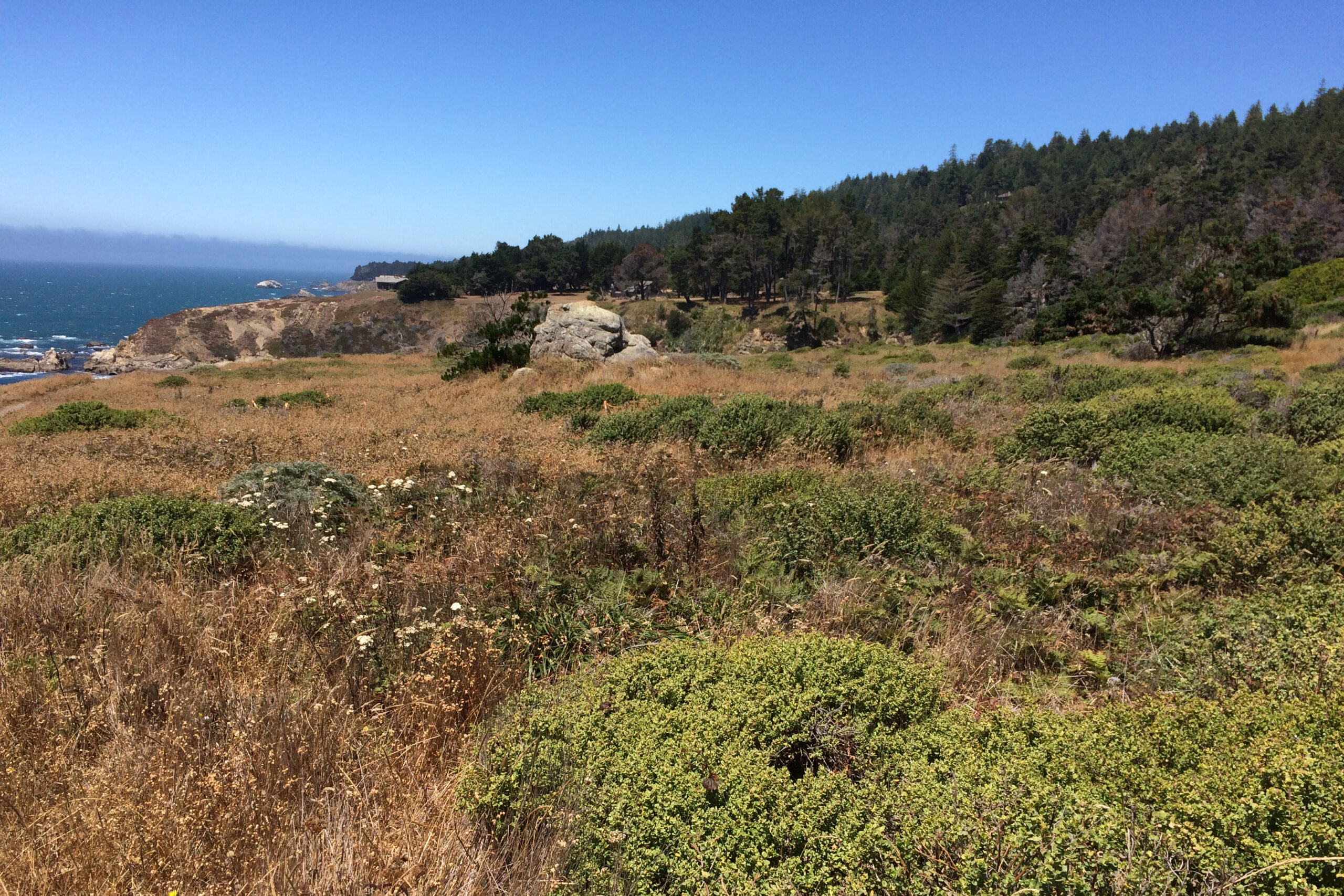
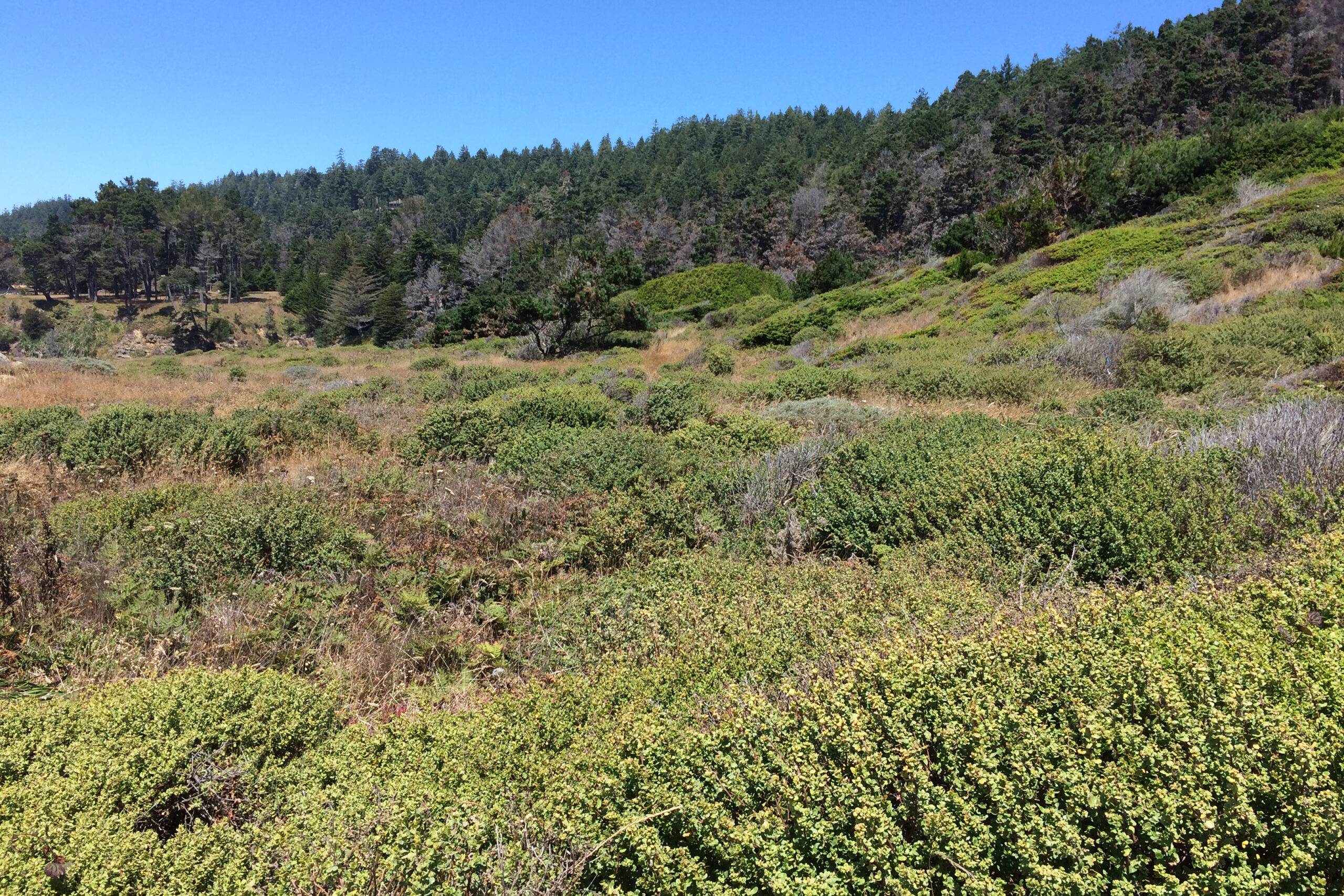
To access the full Local Coastal Plan Update in its entirety, see: https://permitsonoma.org/longrangeplans/proposedlong-rangeplans/proposedlocalcoastalplanupdate